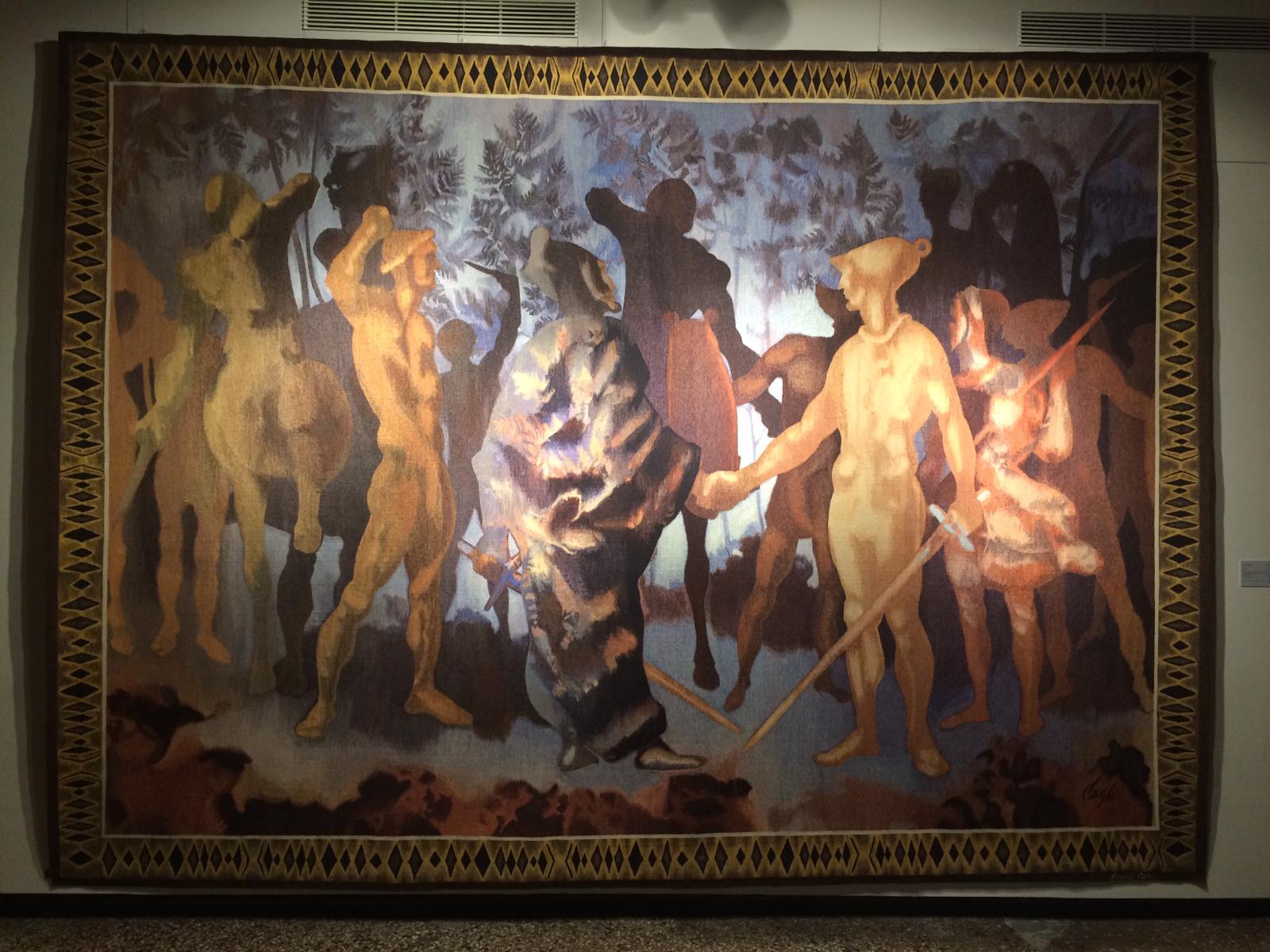Reportage from Venice: the Scassa tapestries in the Lagoon
From the backstage of the exhibition From Kandinsky to Botero, all in one thread (Palazzo Zaguri, Venice) at the inauguration, a journey that talks about Contemporary Art and important works.

The organization of the exhibition From Kandinsky to Botero, all in a thread, begins a year before the inauguration, which took place in Venice in November 2018. The meeting is between Mauro Rigoni, CEO of Palazzo Zaguri, Donatella Avanzo curator of the exhibition, Massimo Bilotta, co-curator of the exhibition and new director of Arazzeria Scassa and Silvana Cincotti, executive curator.
Ugo Scassa, founder of the famous Arazzeria of Asti, passed away recently, at the age of 88. Massimo Bilotta, heir of the family tradition, is organizing the activities of the Asti manufacturing, so that his uncle's dream has continuity and he’s trying to propose an event that perpetuates his memory and the great work done since the end of the 1950s. A part of the Scassa Collection will be exhibited, tapestries created following the work and indications of the great artists of the Twentieth Century together with works by selected contemporary artists.
The rooms that host the event are those of an important Venetian palace in Campo San Maurizio, Palazzo Zaguri, built between the Fourteenth and Fifteenth Centuries by the will of the Pasqualini family, of Milanese origins, a residence that for a long time housed the rich collections of art that the family had accumulated over time, thanks to the silk trade. With the Arazzeria Scassa, other threads are back, no silk, but wool with infinite colors, woven on a loom.
The basic idea is to tell, through visual language, the adventure of art that renews itself, through new forms, through design, tradition and innovation at the same time. With an ancient language such as that of the tapestry, Arazzeria Scassa reinterpreted Art, especially abstract, of the 20th Century. Ugo Scassa knew and had direct contact with many of the artists present in the exhibition and for many he was a friend, not only a colleague or a gallerist.
The organization of the exhibition involved numerous museums and required a considerable effort from all to achieve the best result. Even today Massimo Bilotta remembers with amazement the incredible high water that rose at the end of the inauguration, which took place in the presence of Professor Vittorio Sgarbi.
"The city" says Bilotta "seemed bewitched, slowly conquered by the water. Every now and then I left the exhibition halls to check the situation in the Camp and hour after hour the water rose steadily ".
The exhibition in Venice was an opportunity to pick up some tapestries, for example some works by Umberto Mastroianni and restore them on the occasion of the exhibition. In fact, this is what several collectors wanted, who in anticipation of the loan, asked to the skilled hands of Katia and Franca Alcaro to restore the splendor of textures and colors. Katia, Ugo Scassa's wives together with her sister Franca, Massimo's mother, have worked at the Arazzeria since its beginnings, when Ugo Scassa won the prestigious contract for the construction of the tapestries for the Leonardo da Vinci transatlantic liner.
The days before the inauguration were hectic, with the last works of art to be arranged, in particular the huge carpet made by Ugo Scassa for the stararchitect Renzo Piano, hanging almost on the top of the wall of a room for a large part dedicated to the meeting point between sculpture, drawing, architecture and of course textile art.
During the various stages of the exhibition, we sometimes stopped to think how much the tapestry really is "the fresco of the nomad" as Le Corbusier wrote, a great form of "flexible art", capable of adapting to the many curves of a medieval palace as well as the sometimes rather narrow needs of a ship. The tapestry can be rolled up, we are always behind Le Corbusier's words, it can be transferred and brought back elsewhere and this was well known by the great Castellans of the Middle Ages, who entrusted the prestige and beauty of their homes to the tapestry.
Then there were the long hours of editing and drafting the catalog, under the gaze of Paola Gribaudo, the study of the visiting path, the adaptation of the contents, the desire to convey the importance of a century, the Twentieth Century, so incredibly rich in meanings of art, so dense, sometimes so difficult to explain, to convey. We have often stopped to think of Ugo Scassa, his beginnings with Il Prisma Gallery in via Viotti in Turin, his difficulties but also his unshakable determination to make art in his life, his message, his testimony, today a heritage to be preserved and continued.
We observed, silently mingled in the audience, several visitors fascinated and almost hypnotized by the color of the tapestries, by the dimensions, by the subtle play of shades that echoes, amplifies and magnifies the painter's gesture, astonished as if they were in front of a
"Big Bang" of Art, an explosive expansion of the finished, closed and conscripted dimensions of the canvas, which become a real dimension in the tapestry, enough to lose the sense of balance.




